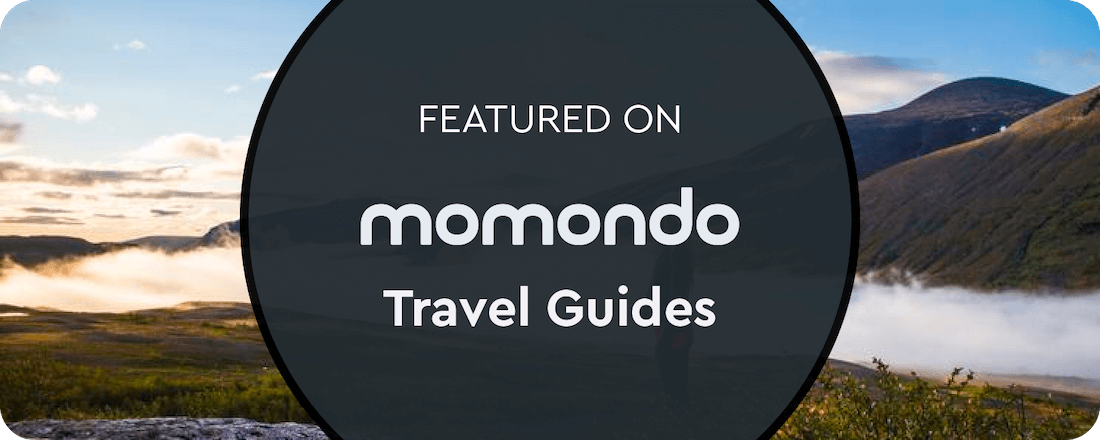Ambohitantely Special Reserve – a great location to see birds
The Special Reserve of Ambohitantely is located at 140 km Northwest of Antananarivo, in the District of Ankazobe. It covers the South East - ledge of Ankazobe's Tampoketsa. Ambohitantely is also an area covered with natural forest on 1800 ha and covered of grassy savanna on 3800 ha. The Special Reserve of Ambohitantely is the unique protected area in the Region of Analamanga. It is the great and relatively unknown reserve in the highlands of Madagascar.
Ambohitantely special reserve protects the last of the original highlands forest. It is covered with natural forest and grassy plains and is known for its astonishing populations of palms. It is inhabited by 12 mammal species including the common brown lemur, the brown mouse lemur and the eastern woolly lemur (the latter two being nocturnal). It is a great location to see birds – with over 48 species including the Madagascar crested Ibis. The Reserve contains also rodents and species of the genus Microgale.
Among the birds, 48 species are reckoned. Most of them are endemic to Madagascar but none is endemic to Ambohitantely. Two threatened species are observed such as the Madagascar harrier Circus macroscles (VU), the Henst's Goshawk Accipiter henstii and the Madagascar crested ibis Lophotibis cristata. Ambohitantely special reserve is the only protected areas which inhabit Circus macrosceles.
17 species of amphibian and as many reptiles as rodents complete the list of Ambohitantely's fauna.
There are several circuits ranging from two until five hours in order to fit the different visitors’ interests and conditions. The easiest ones go around the botanical garden, where you can admire palm trees, orchids and spot lemurs and other animals. Another treks lead to a cave full of bats, a nice waterfall where you can take a bath or up to the highest point of the reserve, the “Doany of Ampasandoaka” (1660 m.) where you can enjoy a spectacular view over the forest.
The reserve is accessible all year round. The trip takes around 4 hours by car. The best time to visit this reserve is in September and October. From April to October during the rainy season temperatures can be pretty chilly at night! From November to March the rainy season makes a visit much tougher although there are more possibilities to spot animals (during the colder dry season many of them hibernate).
We can stay at Hotel in Ankazobe (simple rooms with or without hot water), where there is a restaurant, or camping is possible inside the park. There are currently three campsites with basic facilities.
Watch more photos about Ambohitantely Special Reserve here.




